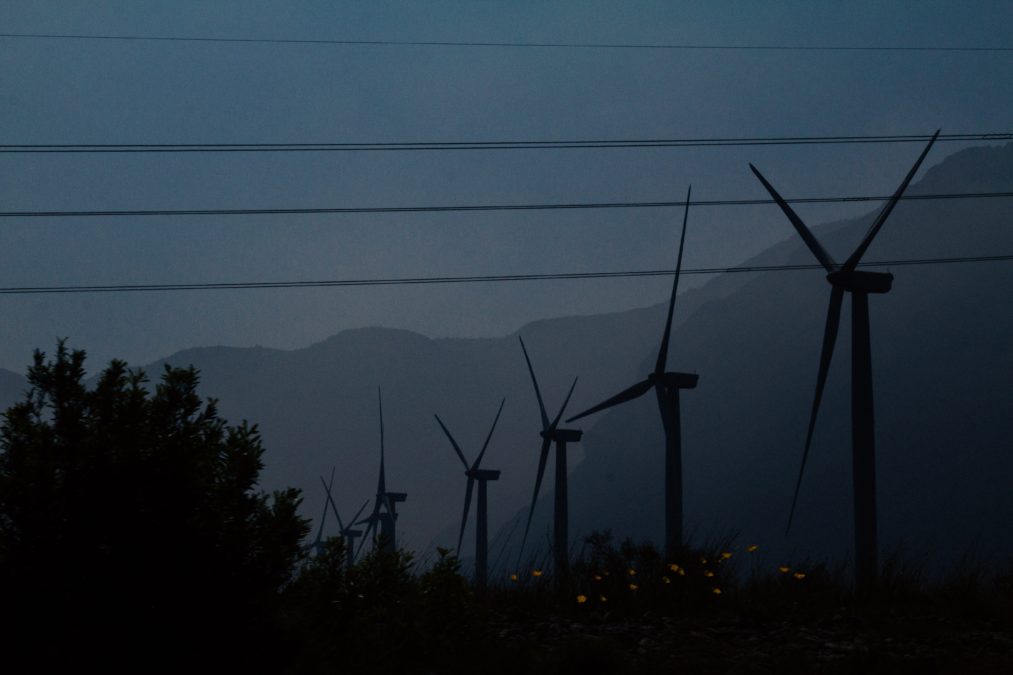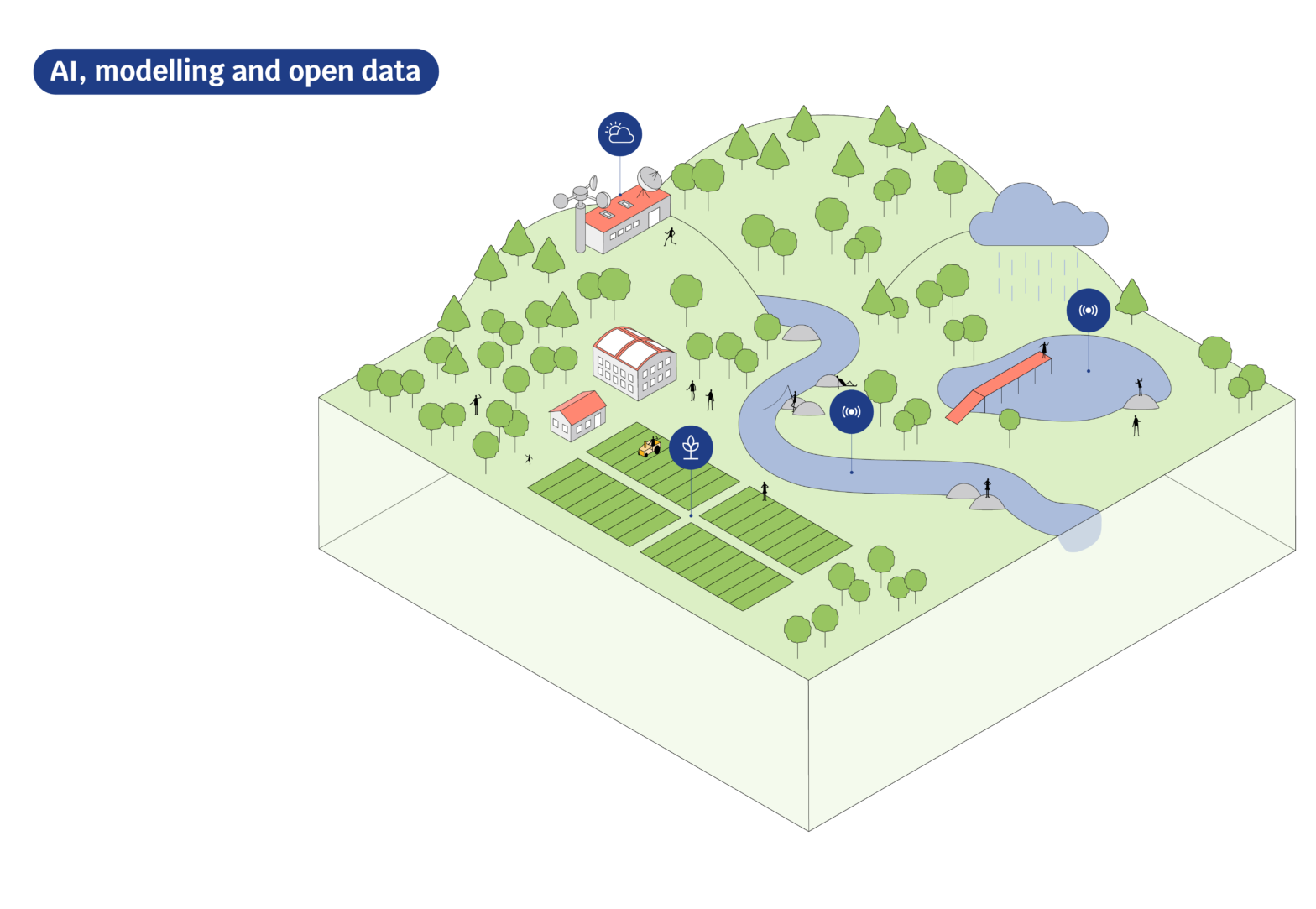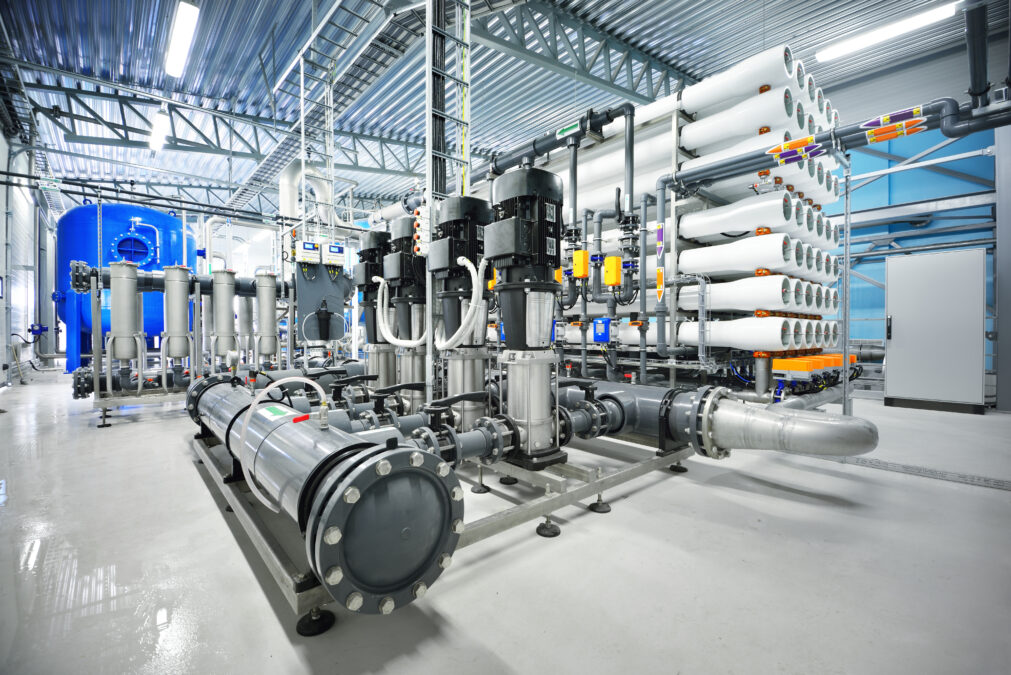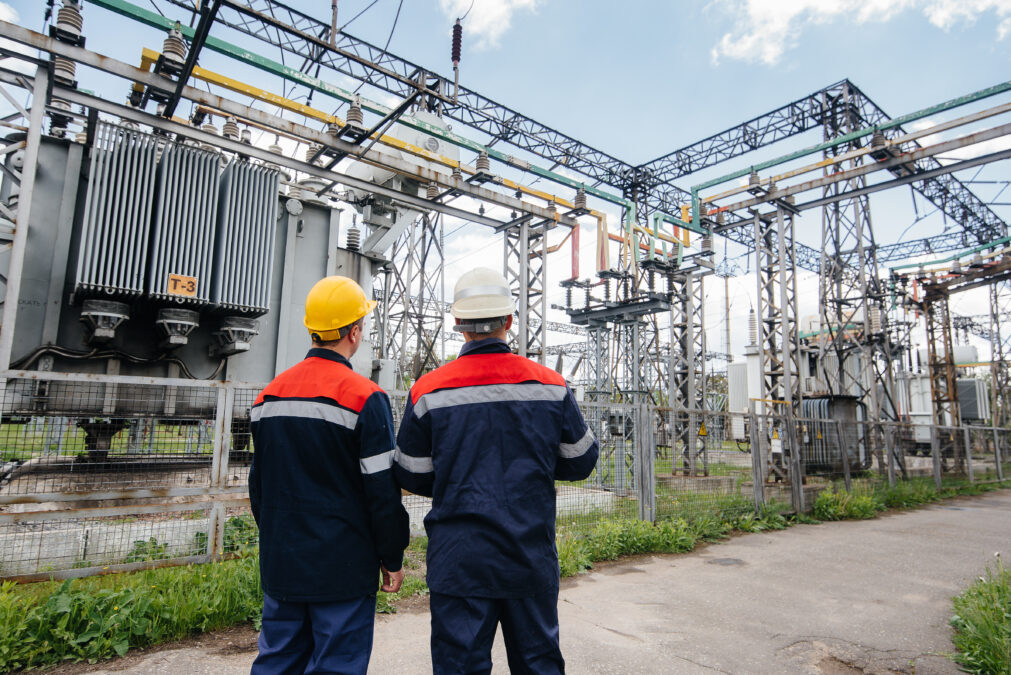The first industrial revolution was built on fossil fuels. The birth of coal mining was a central tenet, bringing jobs, wealth and the means of social progress. This new source of fuel powered the factories and steam engines that produced and transported newly available mass-produced goods across the UK.
Coal both enabled and was enabled by that first industrial revolution. Coal led the way to the age of oil, the combustion engine and later, gas.
On the cusp
Today, we stand on the cusp of a fourth industrial revolution. In a similar way to the first, our next industrial revolution will both enable and be enabled by new energy systems — in this case, clean, rather than coal — thus completing a full industrial energy circle.
Technologies such as the Internet of Things, smart homes and cities, machine learning, automation, artificial intelligence are the makeup of what’s being termed this fourth industrial revolution.
>Read more on how UK manufacturing needs to invest in smart tech
And whilst many, or arguably all, of these technologies are focused on driving efficiencies, they still use energy. As rapid innovation drives the costs down for all kinds of technology, power consumption will continue to rise as it has done consistently for several decades. For example, in 2017 there was a 2.6% increase.
Meanwhile we know that some of these innovations are not as efficient as they could be. Yet.
Blockchain’s most familiar implementation — the cryptocurrency Bitcoin — uses vast amounts of energy, with estimates suggesting it has the equivalent annual carbon footprint of one million transatlantic flights.
This means there is an urgent and pressing need to find cleaner, greener ways to implement new and innovative technologies. The Bitcoin conundrum is the perfect example, as the blockchain technology that enables Bitcoin is also likely to play a key part in decentralising and decarbonising our energy infrastructure.
To explain how, we have to look at what the potential energy infrastructure of the future could be.

The potential energy infrastructure
Our current energy system is based on the model of a big generator, supplying to small consumers. It’s a one-way street with large gas or nuclear power stations, or even big wind or solar farms, distributing power via the National Grid to the homes and businesses across the country.
But this has already started to change. Over 840,000 homes in the UK now have solar panels, making them not simply energy consumers but generators too. 10,000 homes have battery storage in their homes, storing the power they generate to use at times of the day that are more efficient in terms of price and carbon load, i.e. avoiding the 5-7pm peak we see on working days as people get home.
>Read more on A clean future
Add to this electric vehicles and vehicle to grid or vehicle to home technologies, such as those which Good Energy is researching in partnership with Honda, Upside Energy and Salford University, which use vehicle batteries as another component of balancing energy use in the home.
Finally, there are community energy schemes, where groups of people in localised areas club together to generate energy on a smaller scale, a phenomenon that is exploding in Scotland at the moment.
By bringing all of these trends together, we can see the future of the energy industry. An electricity grid that is no longer focused on ‘generator to supplier’, but a decentralised and decarbonised grid. This is made up of ‘prosumers’, who both consume and generate their own power, as well as storing and managing it.
The rise of smart
Smart homes are already here to stay. Smart meters and thermostats are current examples of smart home technology, designed specifically to allow people to be more connected and engaged with their energy usage.
The next generation of smart meters – SMETS2 due to be launched in 2019 – will be crucial in enabling the next stage of the fourth industrial revolution. SMETS2 will allow prosumers to integrate their smart home, linking together self-generation, battery storage and electric vehicles.
>Read more on 5 security considerations for smart devices in the home
Automation and machine learning play an important role too. Smart meters in homes and businesses will learn when you are using energy and what you are generating, alongside when it is most efficient to store or share automate the process.
Blockchain lights the way
Blockchain is the operating model for the decentralised energy system. This technology will underpin peer-to-peer energy transactions that will replace the current system, ensuring power is traded efficiently and fairly – with prosumers paying only for what they use and are paid for what they share.
Inevitably, as we move towards a decentralised model, the role of the energy supplier shifts, into one of an integrator, service and platform provider.
Clean Technology
When the first industrial revolution was taking place, our forebears were not aware that tapping into coal was the advent of what would become a climate crisis for our planet. This path is one we now have the opportunity to correct.
>Read more on 5 smart solutions transforming the energy industry
The NIC said that by 2030 a minimum of 50% of power should come from renewables, up from about 30% today.
New figures released by energy analytics firm EnAppSys show renewables have already overtaken nuclear for electricity generation. Wind, solar and biomass power stations supplied 28.1% of power across April, May and June, with nuclear at 22.5% – the third quarter in a row that renewables have outstripped nuclear.
As the shift towards decentralisation accelerates, we will continue to see records like this, until the fourth industrial revolution sees us living in cleaner, greener world where everyone is more connected to their energy use.










